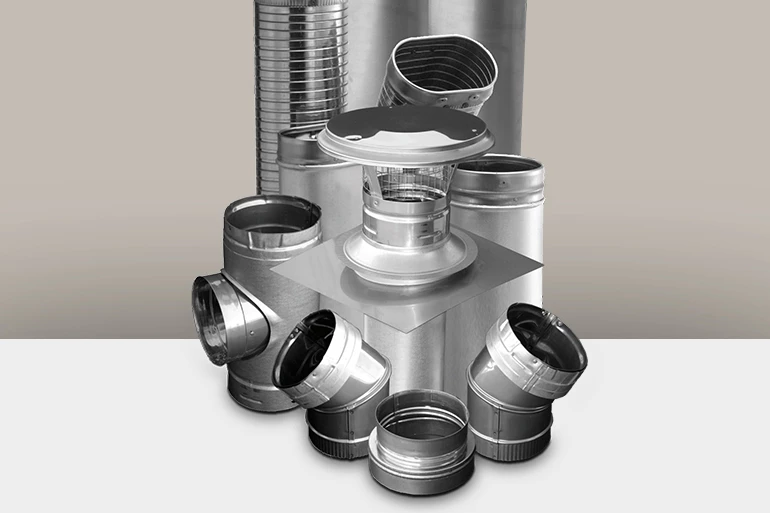DuraLiner Chimney Liner Requirements and Tips
DuraLiner ensures safe and efficient venting of heating appliances, while protecting the masonry chimney from the damaging effects of flue gas. It is the only factory-insulated product with zero/zero clearance for high heat wood-burning appliances. No need to uncoil flex, insulate a majority of the pipe, or protect the insulation when installing. A smooth inner means less creosote buildup. Installers reduce labor time by 50% or more with DuraLiner. No time wasted wrapping insulation around liner for UL 1777 approval.


